Available in both primary and secondary school editions.
A new resource with an intriguing role in any Building Better Learners programme.
You will no doubt have wondered…
- about the sort of learning character your learners have now
- whether there are some learning characteristics that all your high performing learners have
- about which characteristics or dispositions most of your struggling learners seem to show
- which learning behaviour contributes to the success of most of your learners?
- which learning behaviours gain regular exposure in classrooms, and which less so?
- whether there are levels of learning disposition and how they grow?
- how do the answers to these, and similar questions, apply to the school’s success, our teaching and the curriculum?
What you are wondering about here are the very building blocks of learning, what they are, the part they play in every child’s learning, and why they are important. ‘Finding Learning Power’ helps any school to discover the answers for their students.
‘Finding Learning Power’ helps you discover the answers…
Each section of the resource deals with a key aspect of understanding and using the ‘Finding’ tool and reading the results.
- Section 1 What makes a difference in learning?…offers a brief introduction to the meaning, purpose and attributes of learning character /learning dispositions.
- Section 2 Uncover the mysteries of learning behaviours...offers rich descriptions of the learning behaviours that form part of this measuring tool.
- Section 3 Up close and personal with learning…invites you to start considering learning behaviours seriously by first looking at yourself as a learner, followed by a couple of students.
- Section 4 Finding learning characteristics….suggests how you might go about gathering, recording and interpreting the evidence for just one class and then for the whole school
- Section 5 Where now, what’s next? explores the changes you might make based on the data collected and the routes you might take to ensure growth in student’s learning behaviours.
What does the ‘Finding’ tool offer?
Over many years growing understanding of how learning habits build has been the central design feature of all BLP courses. These rich understandings captured in various charts have now been scoured, distilled and combined to form one generic, personal, growth chart that will ultimately help schools and teachers to shape lesson, curriculum or whole school plans.
This resource offers teachers and schools:
- a manageable set of tools to enable teachers uncover, collect and analyse information about each of their students’ learning character (disposition);
- an outline of the research, value, makeup and growth of peoples’ learning character.
The tool will help schools discover, record, analyse and chart their students’ learning behaviours and use this information as an essential starting point for helping students become better learners. In other words this resource will help you and your school to;
- use a rich picture of your students’ learning behaviours, rather than their attainment, to underpin your approach to helping them to improve, develop or catch up on their learning.
What will you discover?
Using this resource teachers have found:
- interesting facets of the learning character of every one of their students
- those learning behaviours in successful learners that appear lacking in less successful learners
- how their boys’ learning behaviours seem to differ from their girls’
- which of the learning behaviours are stronger or weaker in many Pupil Premium learners
- which learning behaviours students need to strengthen
- how much and where their students have improved over the last year or their life in that school
- just how valuable the information can be when writing reports for parents or structuring classroom reward systems
- just how learning character plays a part in influencing the learning of every child.
These unusual, vital and urgent findings formed the stimulus for this resource; a practical tool to help teachers and schools uncover their students’ learning character and use this, usually hidden and unknown information, as the very basis for developing and strengthening students’ learning character.
As a result schools and individual teachers have been able to use this information to help structure lesson plans, curriculum plans and whole school development plans.
Whatever your area of interest, these students’ learning profiles will reveal invaluable information that lies at the heart of teaching and learning.
How will the results be useful?
Using this resource brings joy to teachers and their students:
The completed profiles can be added to year on year. They act as an annual baseline measure against which schools might appreciate the growth in their students’ learning behaviours. As time goes on the profiles capture strengthening and growth similar to that illustrated alongside.
This profile suggests changes in attitude and a subsequent improvement in skill.
Comparing updated profiles year on year gives teachers and schools an indication of the extent to which learning behaviours have developed. It will also be important to ask:
- To what extent have our students’ learning behaviours improved because of the interventions we have made?
- How might this improvement impact on our curriculum or school development plans for next year? (INTENT)
- What sort of activity would we all need to undertake? (IMPLEMENTATION)
- What would count as evidence of impact and how might that be captured and reviewed? (IMPACT)
Support for Senior Leaders
An accompanying online resource outlines the leadership and management issues that will arise from using the ‘Finding‘ resource. Content includes:
- Section 1 a copy of the same section in the teachers’ resource ‘Finding Learning Power’ – included here for ease of reference and because senior leaders will need to work their way through it in advance of launching the resource in the school.
- Section 2 identifies strategic considerations for senior leaders both before making a start, in how the information might be managed, a simple database in which to store and interrogate the results, and suggestions on how the information might impact the school in the longer term
- Section 3 contains some useful training materials senior leaders might care to use to launch the use of this resource and the value and need to develop students’ learning capacities/powers.
- Section 4 signposts the content of the follow-on development programme for teachers, ‘Playing the Learning Power Game’ for schools new to Learning Power.
Costs and benefits
The ‘Finding’ resource forms an essential part of the whole Building Better Learners programme and will be of benefit to a school for years to come as they track the growth of students’ learning behaviours. Whether the school is just starting out on learning power or has been involved with it for some years this resource will be invaluable.
Growth charts with greater impact
We’ve borrowed this cost benefit analysis from a school that has begun to use the resource relatively recently. This two form entry primary school has been involved with BLP programmes for some time. So while teachers were familiar with detailed learning charts for every learning behaviour there had never been a chart to the pinpoint growth of all behaviours for a student. The school was delighted that with little financial cost they now had a handy, researched based way of itemising the growth of each of their students’ learning behaviours. The majority of costs of staff development were relatively easy to calculate. The benefits show how the school has used this new tool to streamline their use of their learning power programme.

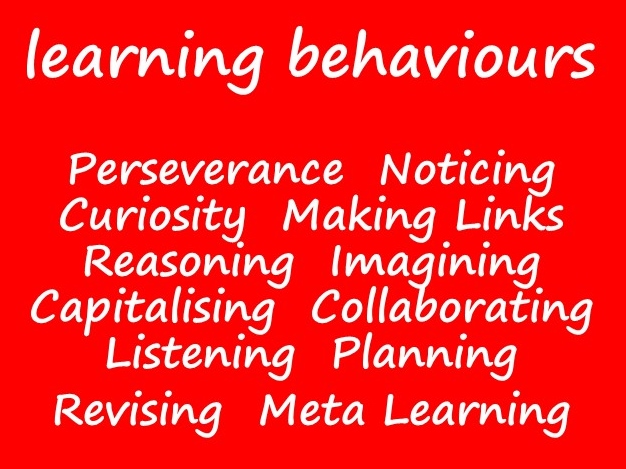
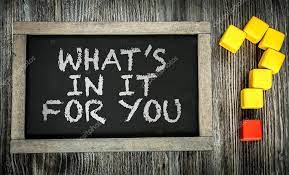
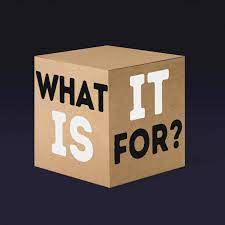
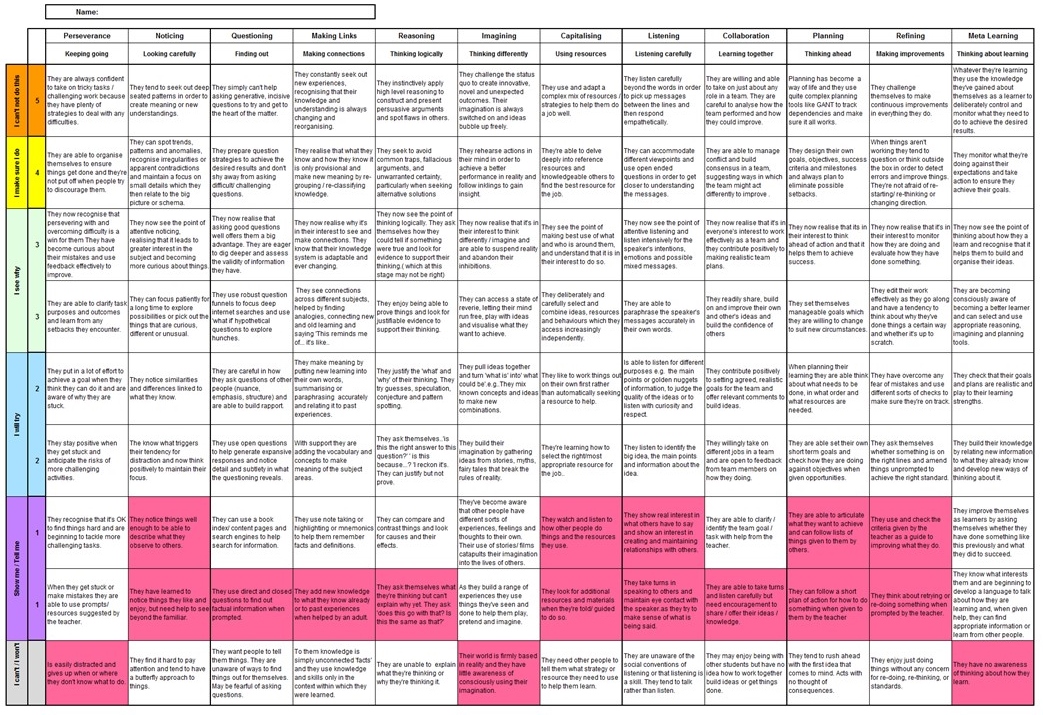
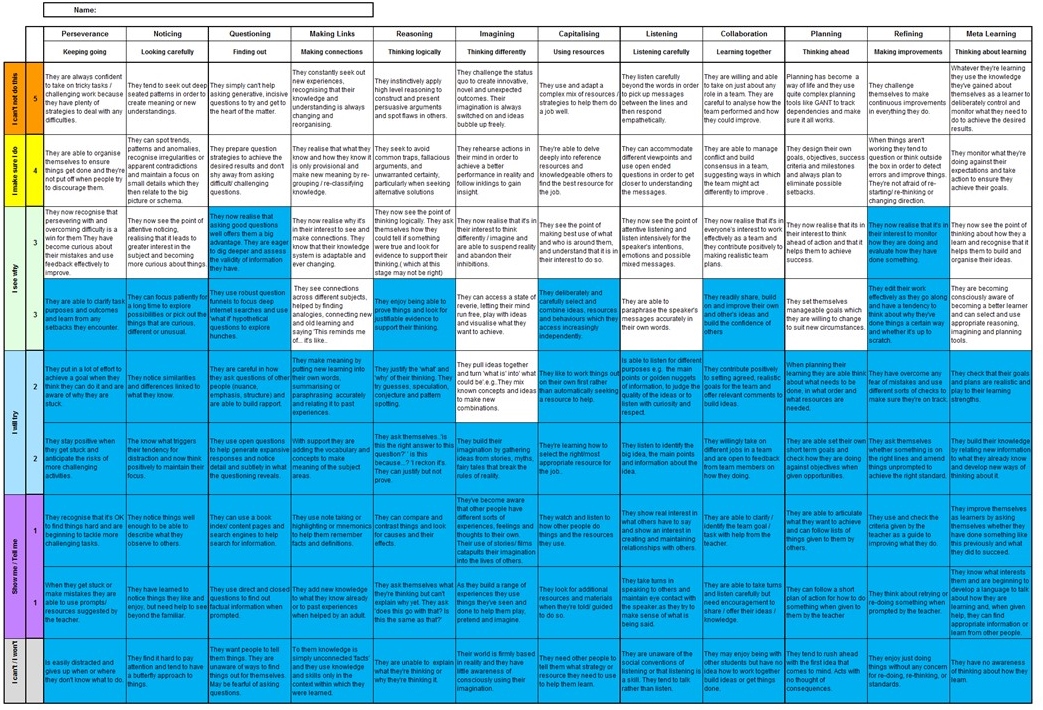
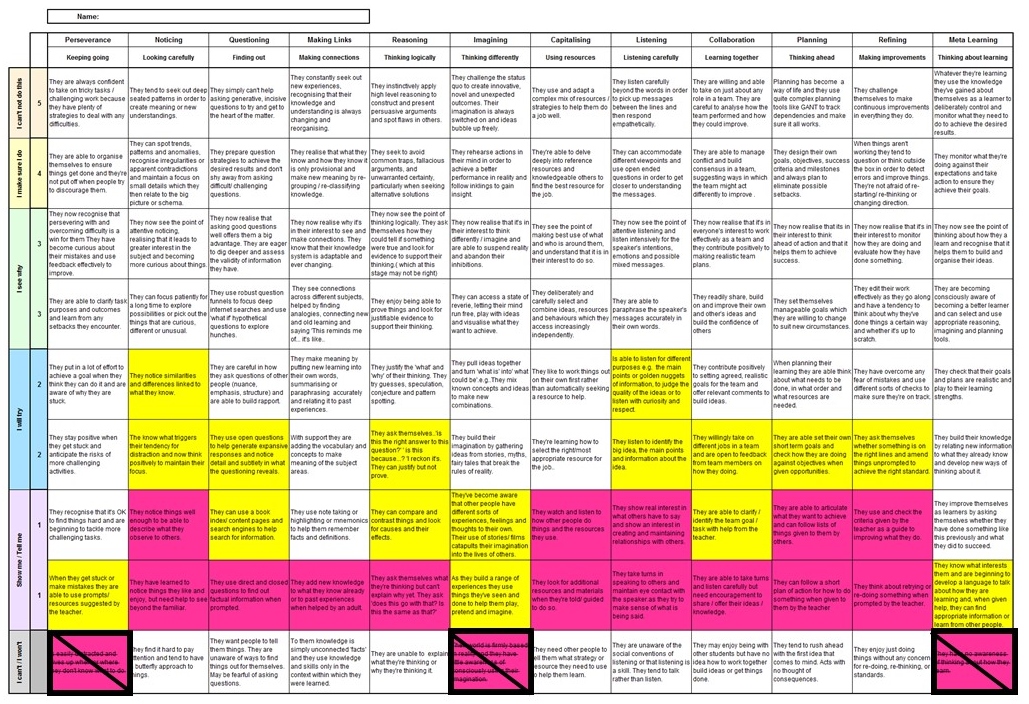

Comments are closed.